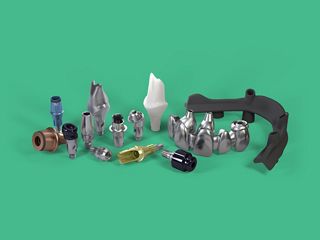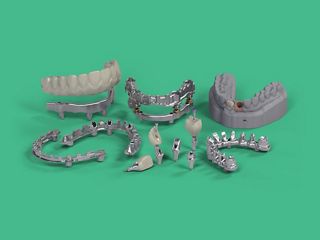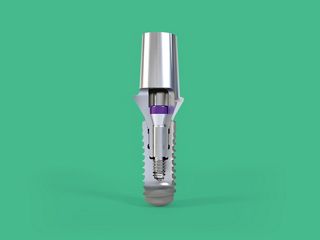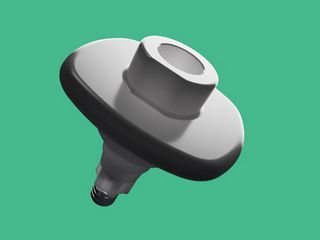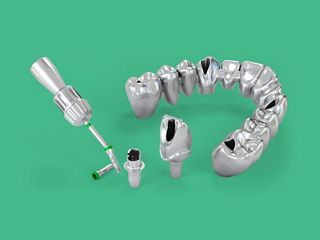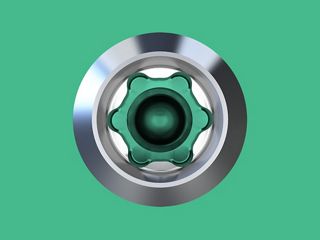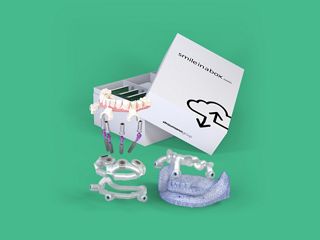Straumann® creates a supportive environment where dentists and lab technicians enjoy a close relationship built on understanding each other’s needs and technical skills: the foundation of a trusting collaboration.
Performance
Comprehensive assortment of prosthetic solutions. Efficient high-end systems and workflows.
Partnership
Prosthetic solutions designed with an understanding of workflows and the needs of dentists and laboratory technicians alike.
Perfection
Reliable, clinically-proven original and compatible systems. Precise design and consistent high quality.











